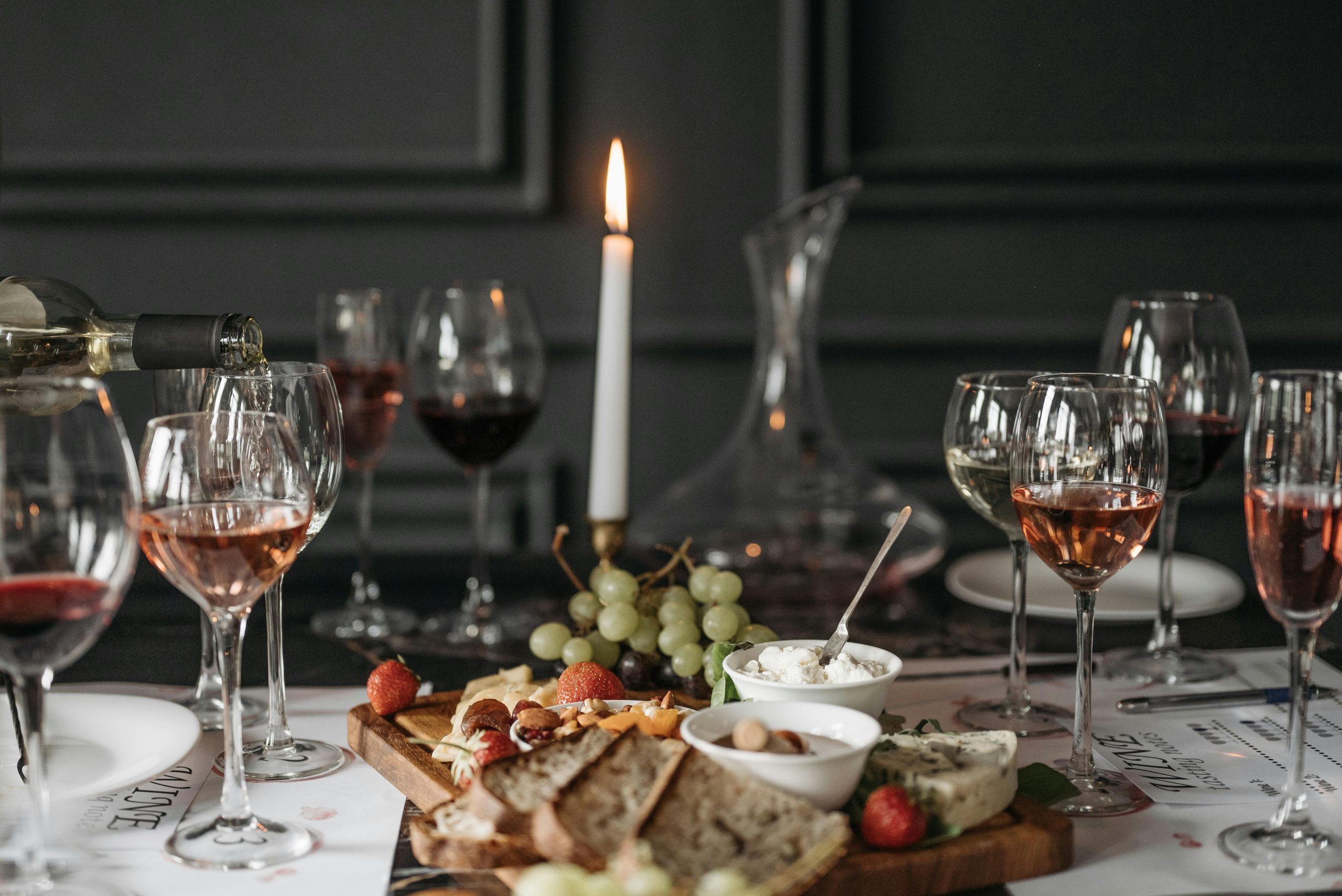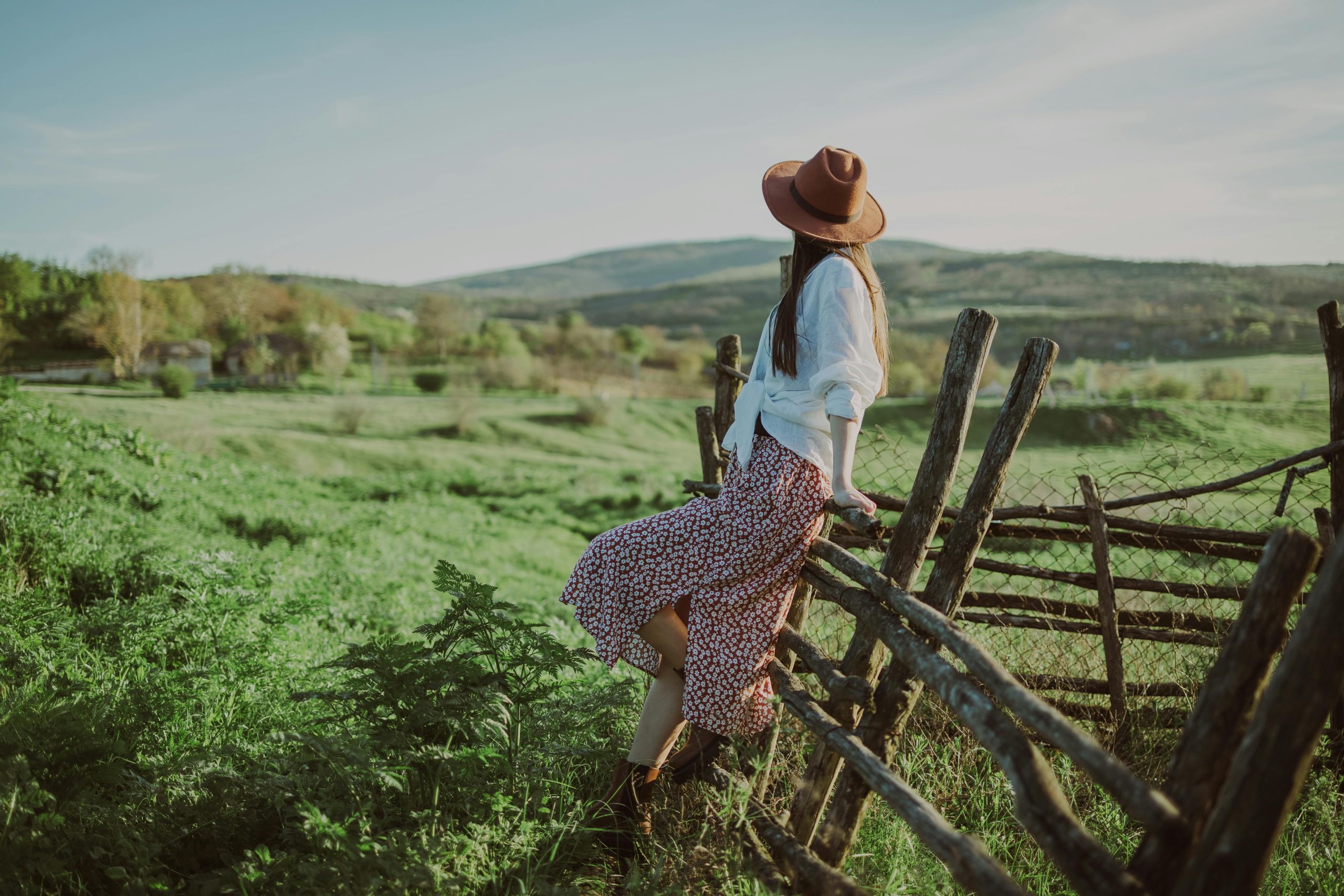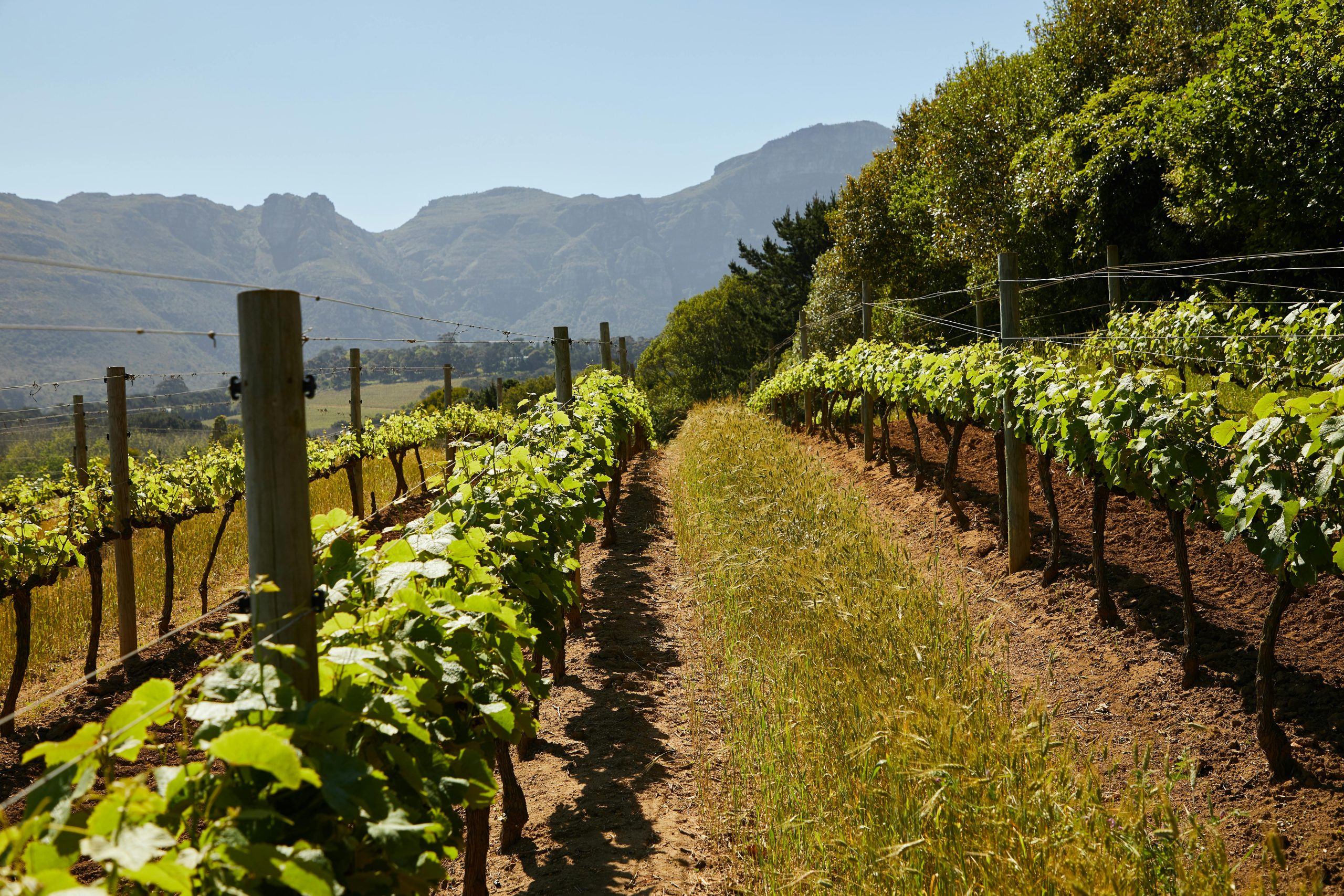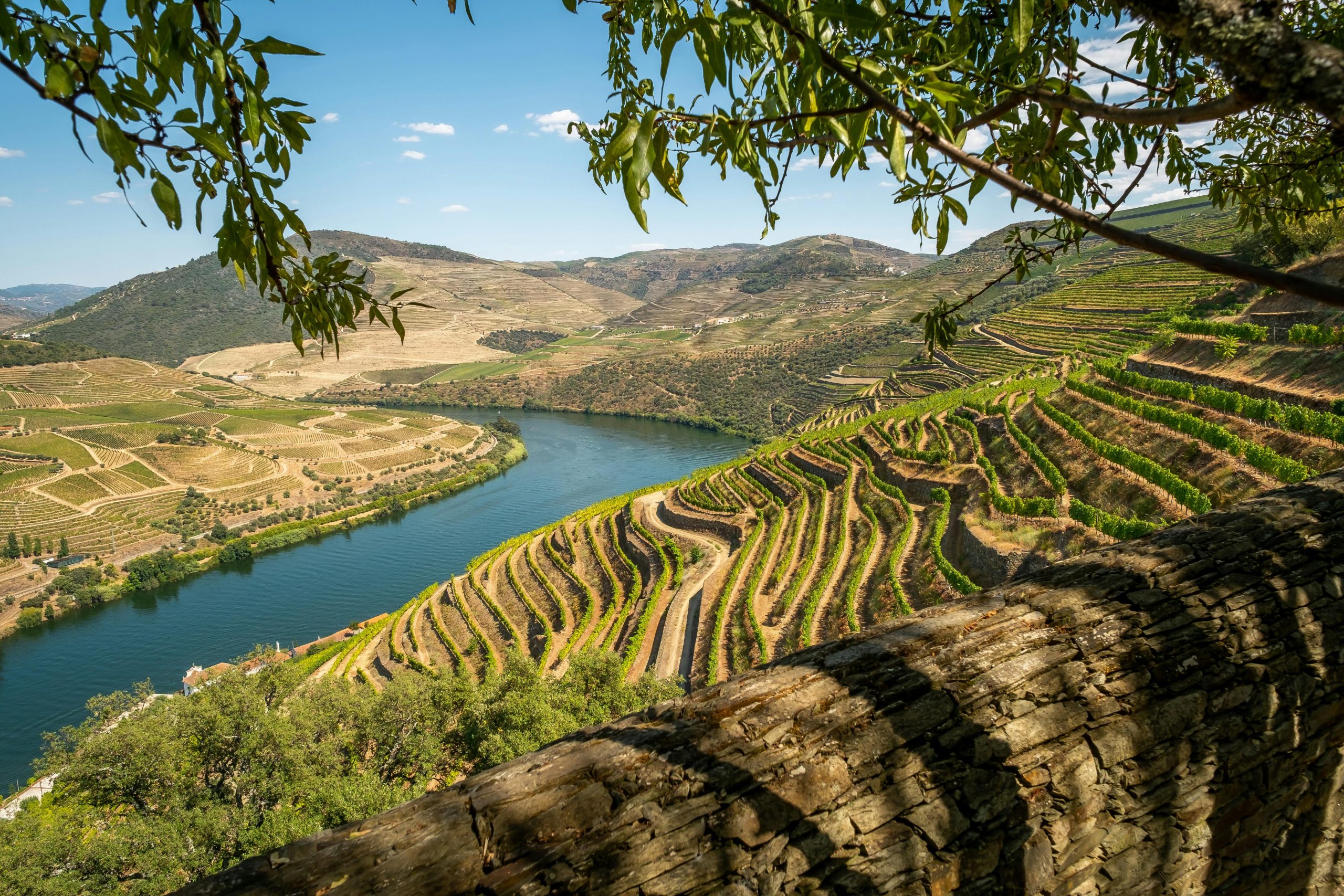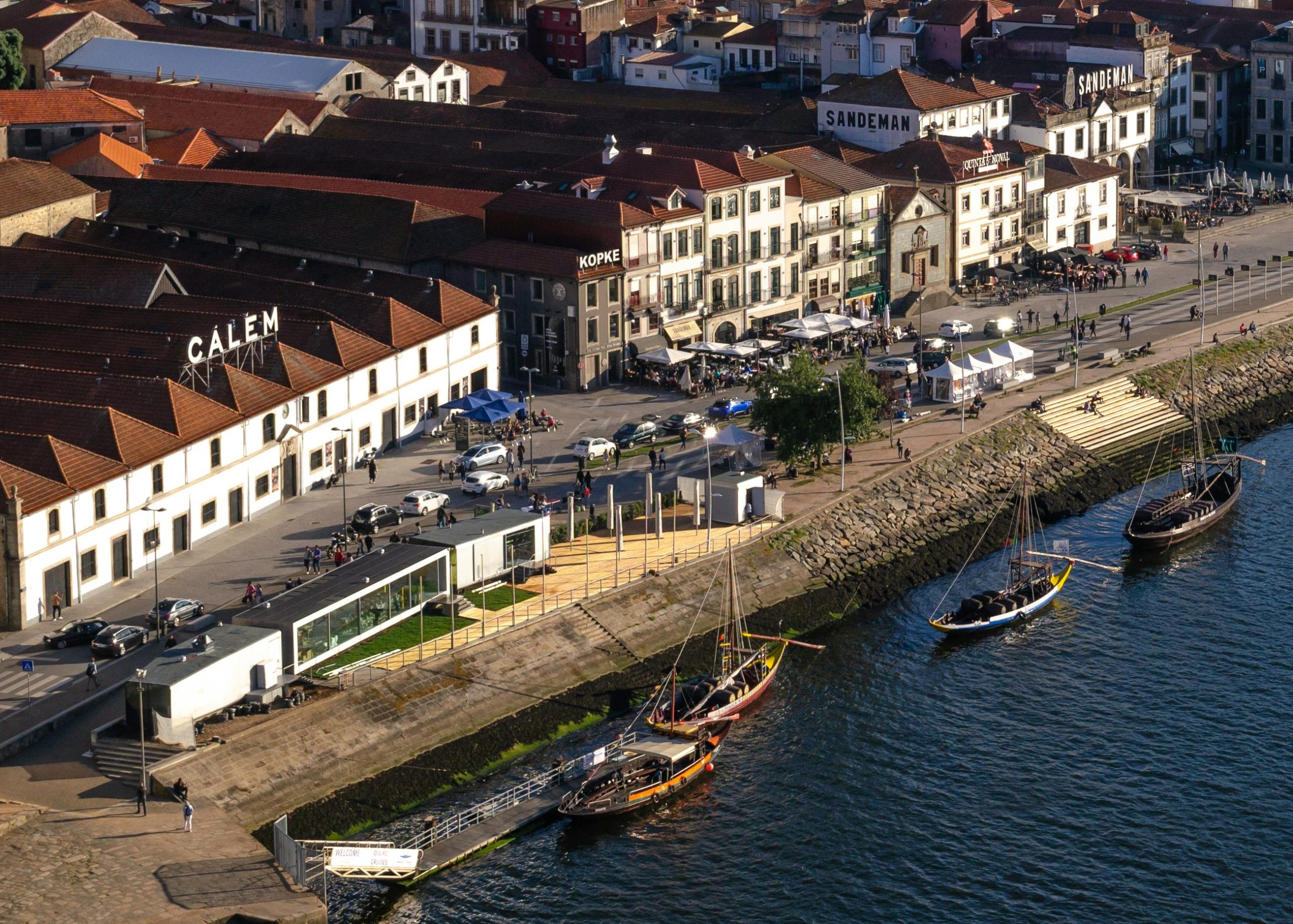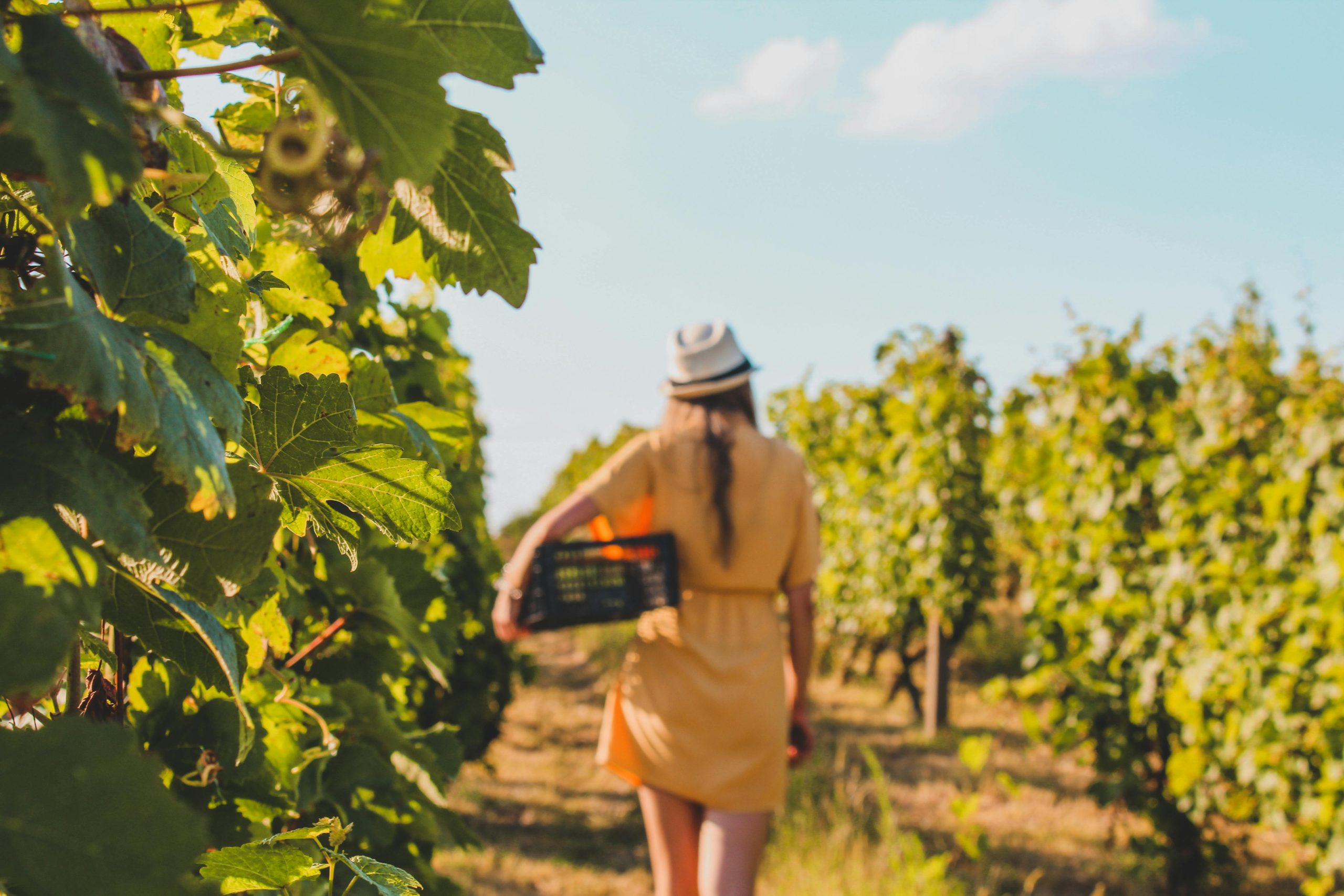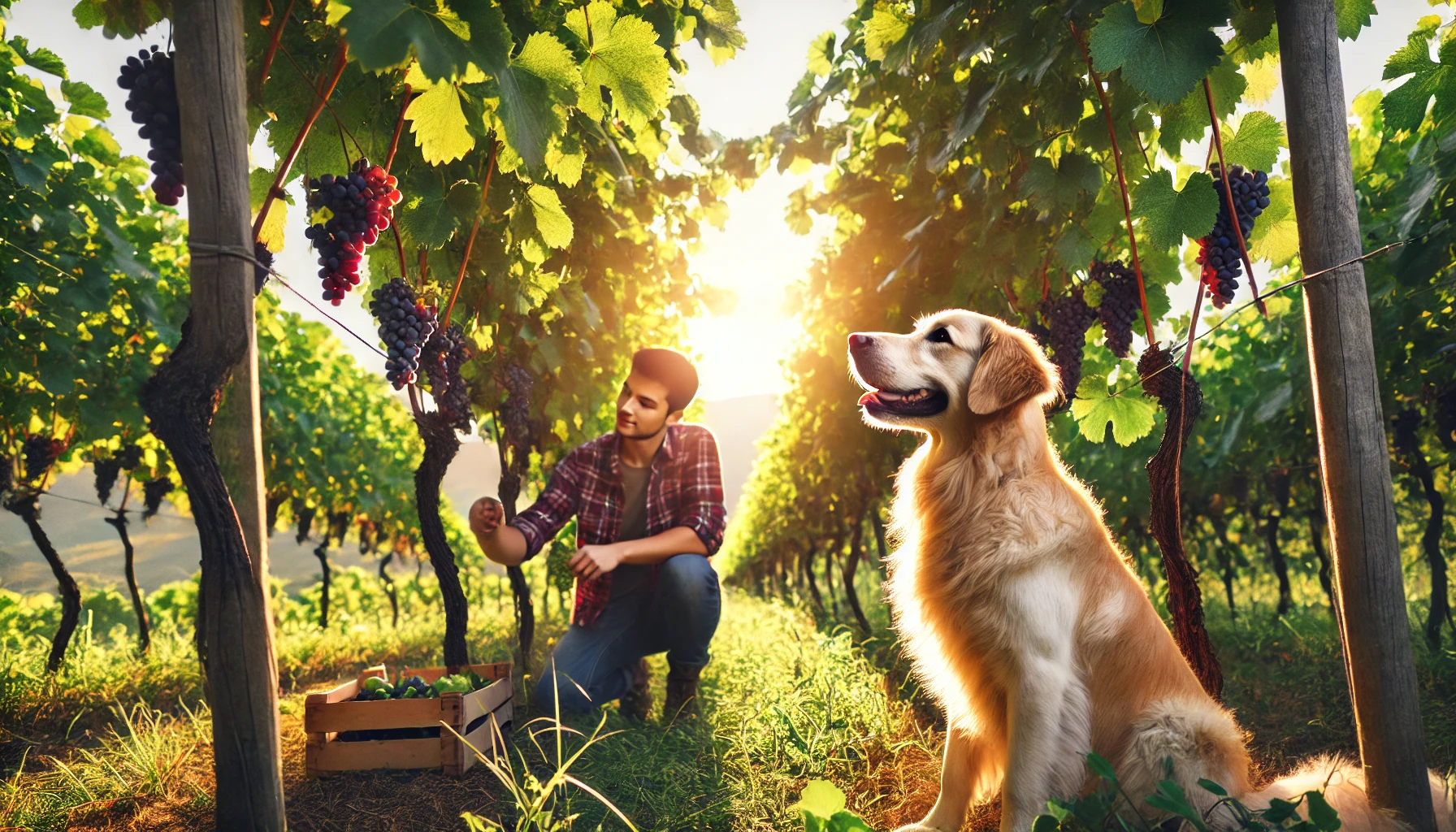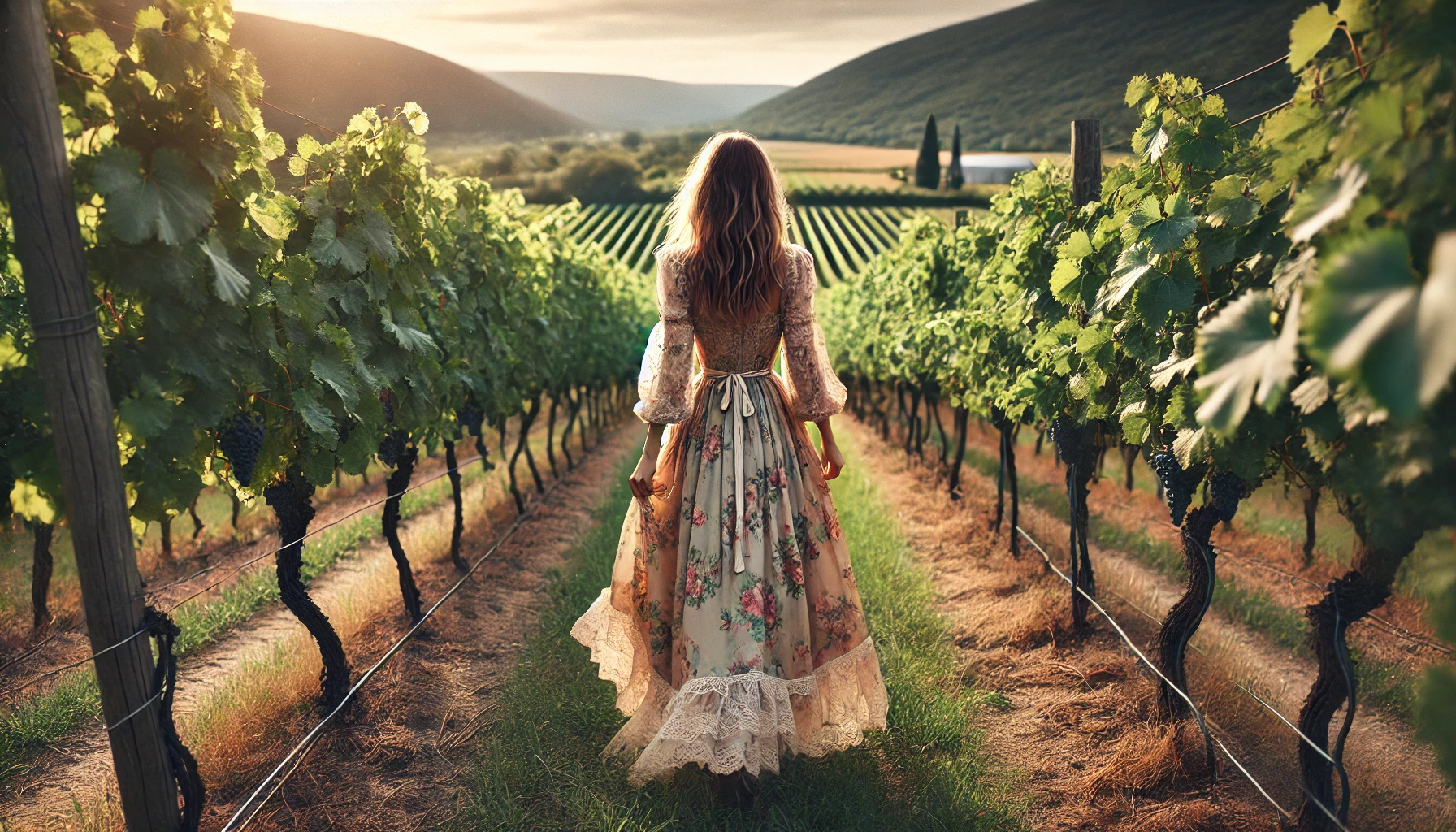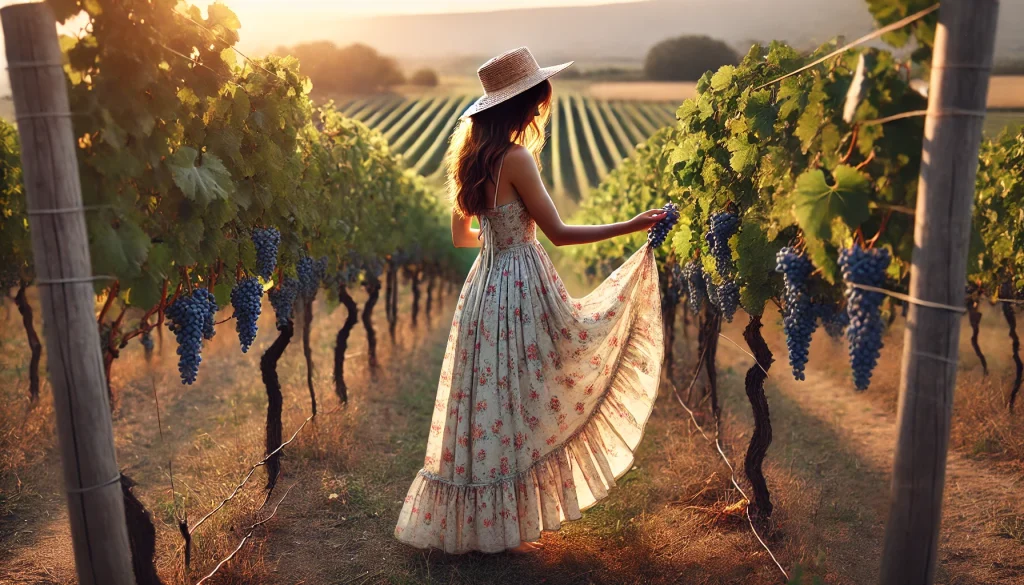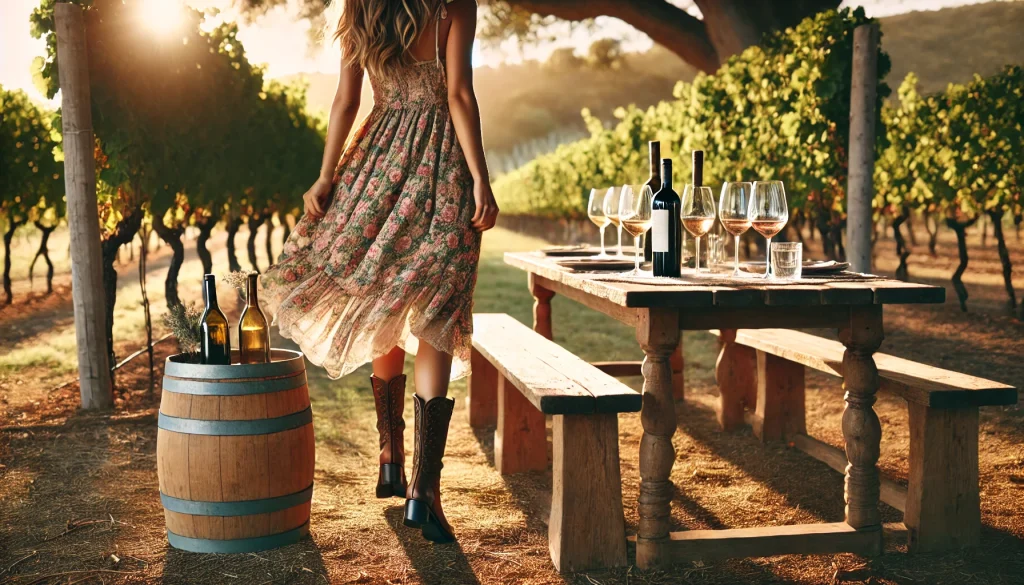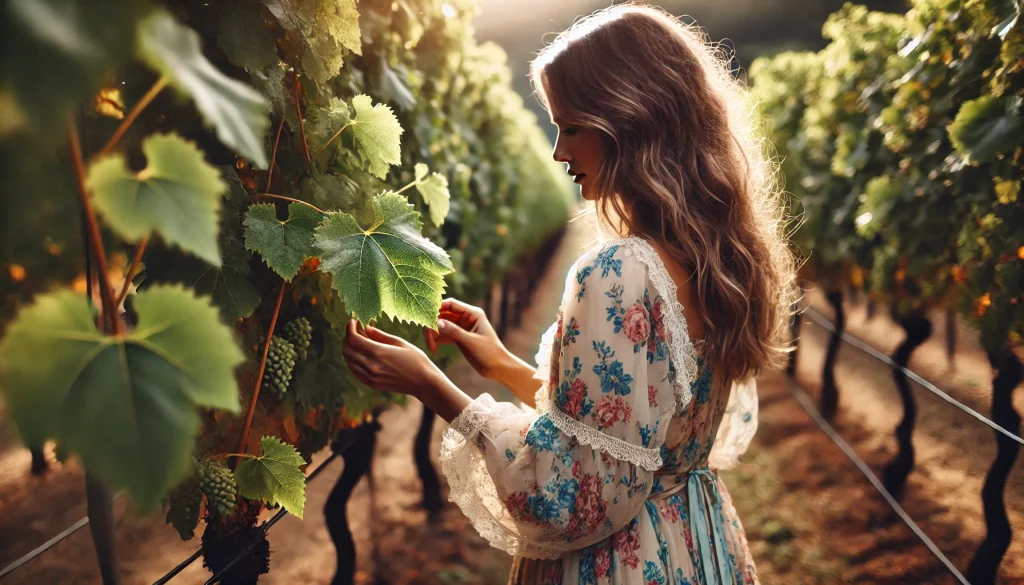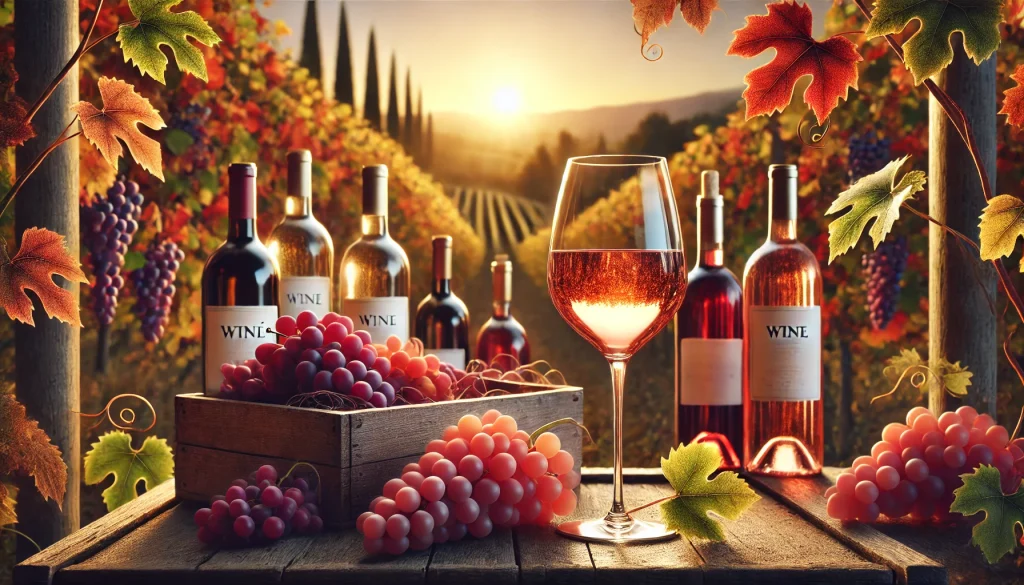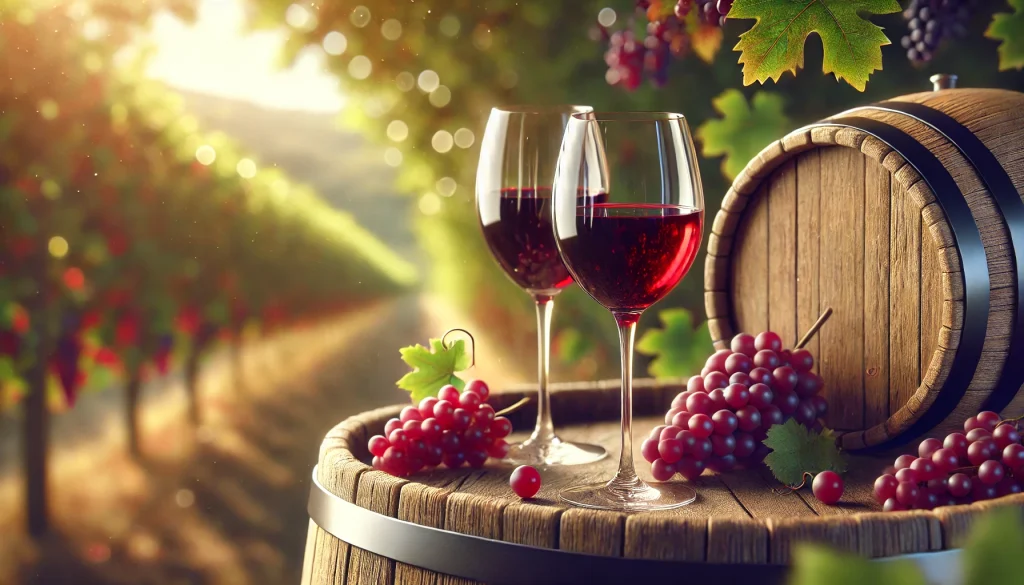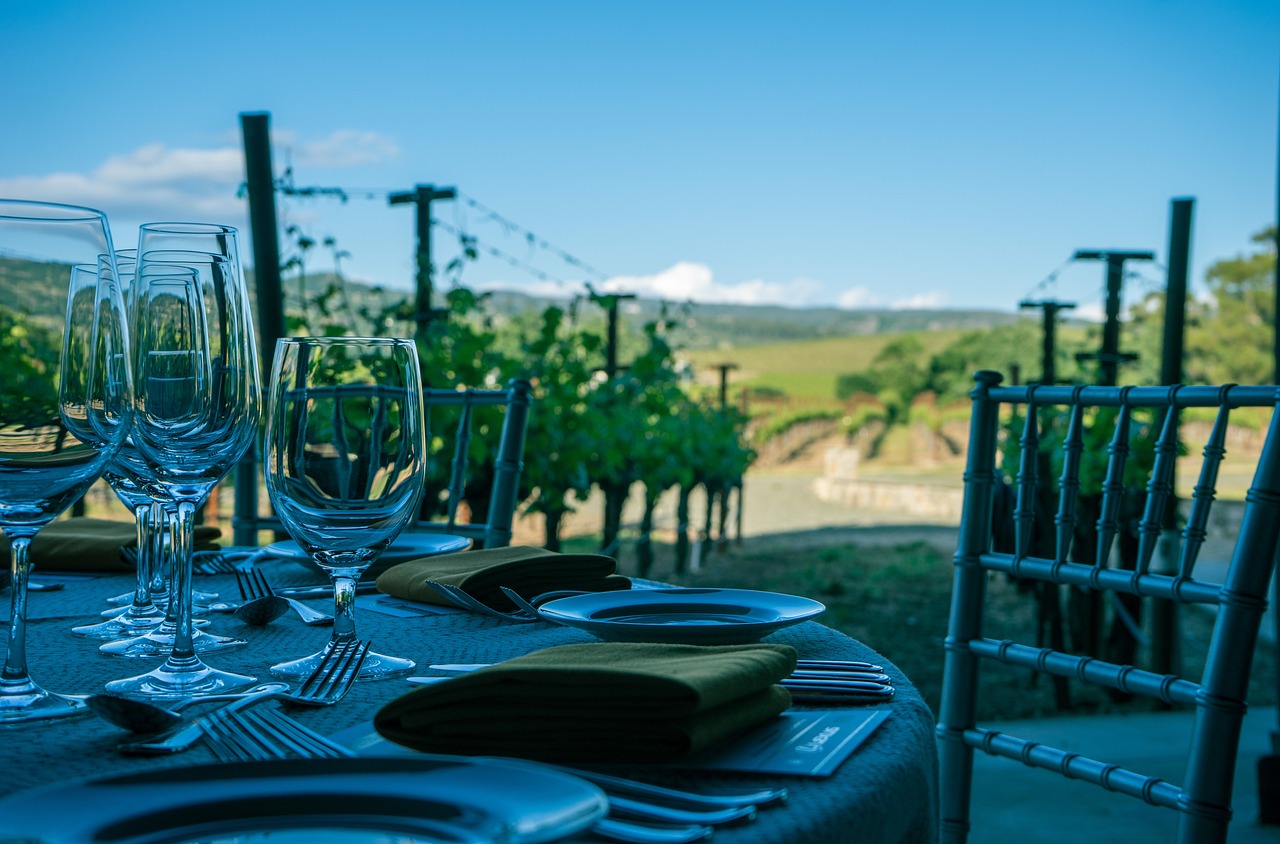Discovering the Loreley: A Journey Through Legends and Timeless Riesling
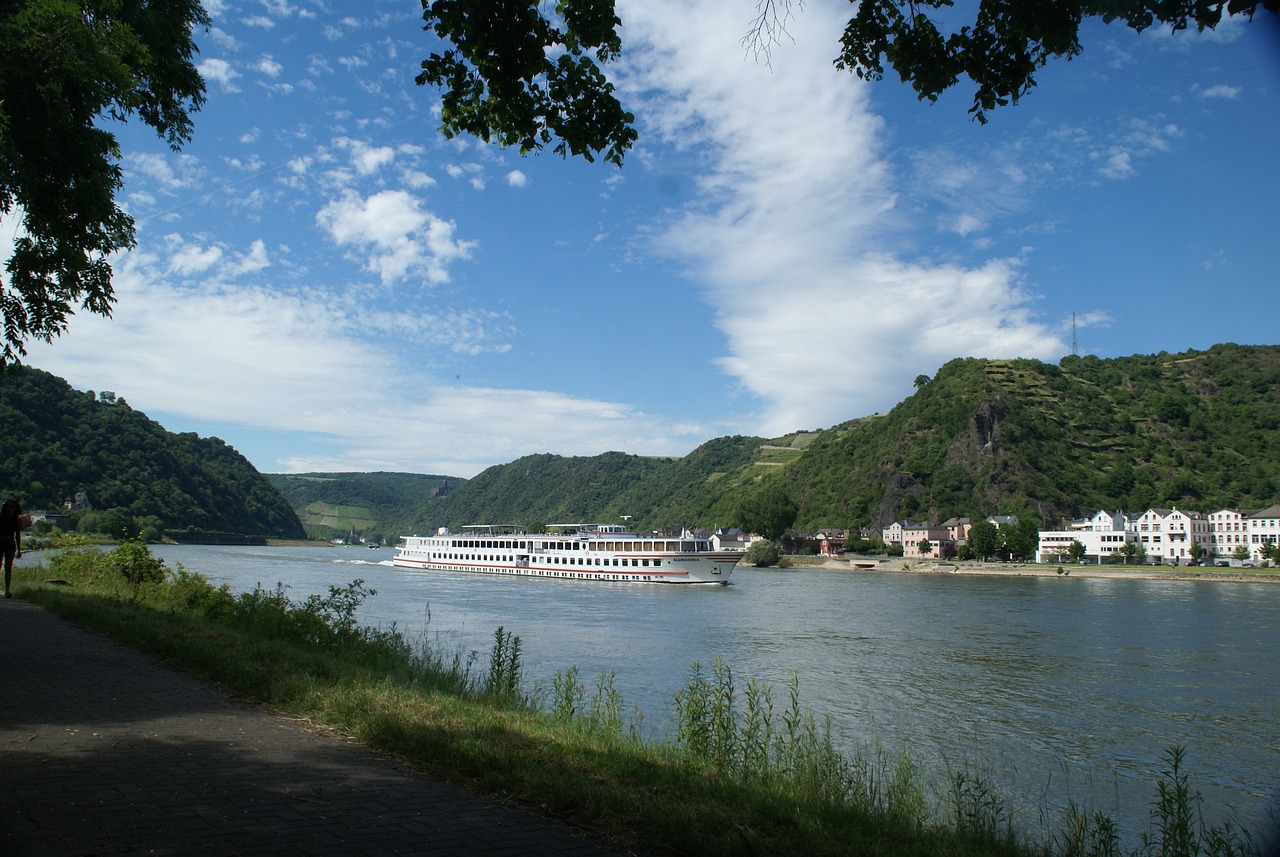
The Loreley region holds a special place in my heart. I first visited as a teenager, too young to indulge in a glass of Riesling but old enough to feel the magic of the place. It was a warm summer evening, the sun dipping below the hills, casting a golden glow across the landscape. The river sparkled, and the air buzzed with a sense of history. Even now, that scene remains vivid in my mind.
But there’s more to this region than its beauty. The Loreley, nestled along the Middle Rhine, is a wine lover’s paradise, with a history that stretches back over 2,000 years. From the Romans to medieval nobility, each era left its mark on the winemaking tradition that thrives here. And weaving through all of this is the legend of the Loreley, a story that adds a mysterious charm to the area.
The Legend of the Loreley: A Siren’s Call
Before we look into the rich history of wine, let’s pause and consider the legend that gives the Loreley its name. According to folklore, the Loreley was a beautiful maiden who sat atop the rocky cliffs above the Rhine, singing songs so enchanting that sailors would lose themselves in her voice. Captivated by her melodies, they would steer their boats toward the rocky shore, where the waters turned treacherous. Many met their end beneath the Loreley’s gaze, swallowed by the river’s depths.
The legend has its roots in local folklore, but it gained fame thanks to the German poet Heinrich Heine. In his poem Die Lore-Ley, Heine captures the melancholic spirit of the tale. He describes a woman with golden hair, combing her locks and singing, oblivious to the chaos her beauty and song create below. The Loreley’s legend echoes through the region, adding a touch of mystery to its already romantic landscape.
When I stood on those cliffs, I could almost hear the whispers of the past. The air seemed alive with stories of lost sailors, haunted by the Loreley’s voice. It added a sense of magic to the experience, making the landscape feel like something out of a fairytale.

Ancient Roots of the Vine
The story of wine in the Loreley region begins with the Romans. Around the 1st century BC, they journeyed up the Mosel River and into the northern reaches of the Middle Rhine. They saw potential in the steep slopes and began cultivating vines. The hills offered excellent drainage, and the cool climate suited the hardy grapes they brought with them. Their influence laid the foundation for winemaking, creating a tradition that would endure for centuries.
Fast forward to the Middle Ages, and winemaking in the Loreley region had become a serious business. The Merovingian nobility, a ruling dynasty of the Franks, embraced the art of the vine. They saw vineyards as a symbol of prestige and wealth, and their estates thrived on the rocky slopes. Alongside them, the Cistercian monks took winemaking to new heights. Their monasteries dotted the Rhine Valley, and they meticulously tended to their vineyards, turning the steep hills into terraces of vines.
A Legacy Written in Riesling
Riesling, the star of the Loreley region, has a history almost as ancient as the vines themselves. The first official mention of Riesling dates back to March 13, 1435. Graf Johann IV. von Katzenelnbogen, a nobleman, became the proud owner of a Riesling vineyard in Rüsselsheim. This makes Riesling one of the oldest documented grape varieties, enjoyed long before Columbus sailed to the Americas in 1492.
The Counts of Katzenelnbogen left their mark on the region in many ways. Their castle, Burg Katz, stands proudly near Sankt Goarshausen, overlooking the Rhine. Nearby, the Loreley slopes produced wine for noble tables, and Burg Rheinfels housed one of the largest wine cellars in Germany. Even today, the legacy of these medieval wine enthusiasts remains alive in the rich Riesling tradition of the Middle Rhine.
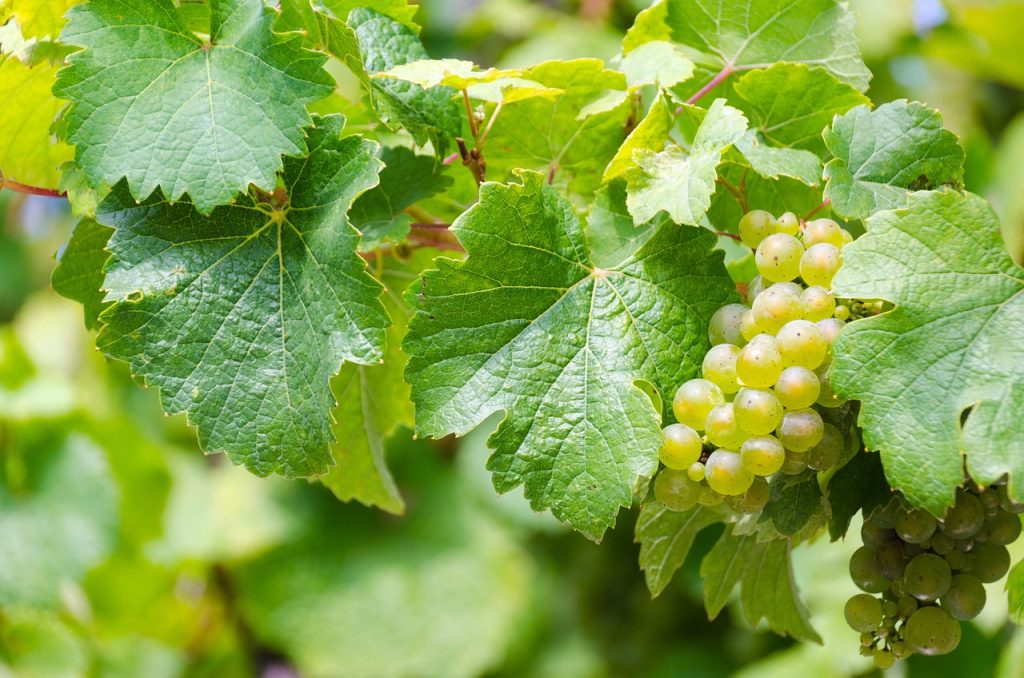
A Steep Path to Perfection
One of the most striking features of the Loreley region is its landscape. Here, vineyards cling to steep slopes, rising sharply above the river. These hills are not for the faint of heart, but they create the ideal conditions for Riesling. With about 73% of the vineyards classified as “Steillagen” (steep slopes), this region demands hard work and dedication from its winemakers.
The term “Steillage” isn’t just a fancy word. It refers to vineyards with a slope of at least 30%. This steepness allows the vines to soak up every bit of sunlight, while the rocky soil helps the roots dig deep for nutrients. The result? Grapes with concentrated flavors and that classic Riesling character—crisp acidity, vibrant minerality, and a hint of the region’s terroir.
A Grape Made for the Rhine
Riesling thrives in this challenging environment. It’s a grape with character—resilient, frost-resistant, and capable of reflecting the unique qualities of its surroundings. Riesling needs the right conditions, though. It prefers cool climates, where it can ripen slowly and develop complexity. The Middle Rhine’s steep, stony hillsides, with their long days and cool nights, offer just that.
The grape doesn’t ask for much from the soil, but it does have one demand: dry feet. It hates waterlogged roots. That’s why the steep slopes and well-draining soils of the Loreley are perfect. These conditions give Riesling its signature freshness, a zesty kick that balances beautifully with its natural sweetness. It’s no wonder the wine has been a favorite here for centuries.
My Journey Back in Time
I remember walking along the paths near the Loreley as a teenager, following trails that wound through vineyards clinging to the hillsides. I didn’t know much about wine back then, but I felt the connection to history, to a tradition that stretched far beyond my years. As I stood by the river, looking up at the steep terraces, I could almost see the monks and noblemen who had worked these lands long ago.
The air was warm, the river shimmered, and everything seemed to glow with that golden summer light. I imagined what it must have been like centuries ago when harvest time brought life to these hillsides. The laughter, the hard work, and the anticipation of a new vintage—it all felt so alive.
A Place Where History, Legends, and Wine Meet
Today, the Loreley region continues to celebrate its rich winemaking heritage. Every September, Burg Rheinfels hosts the Wine Forum Mittelrhein, a celebration of the best wines, sparkling wines, and spirits from the region. It’s a chance for winemakers and wine lovers to come together, share their passion, and honor the traditions that make the Middle Rhine so special.
But even outside of these events, the connection between the land and the vine is evident. Many of the vineyards here remain family-run, passed down through generations. These families work the steep slopes, just as their ancestors did, carrying forward a legacy of craftsmanship and care.
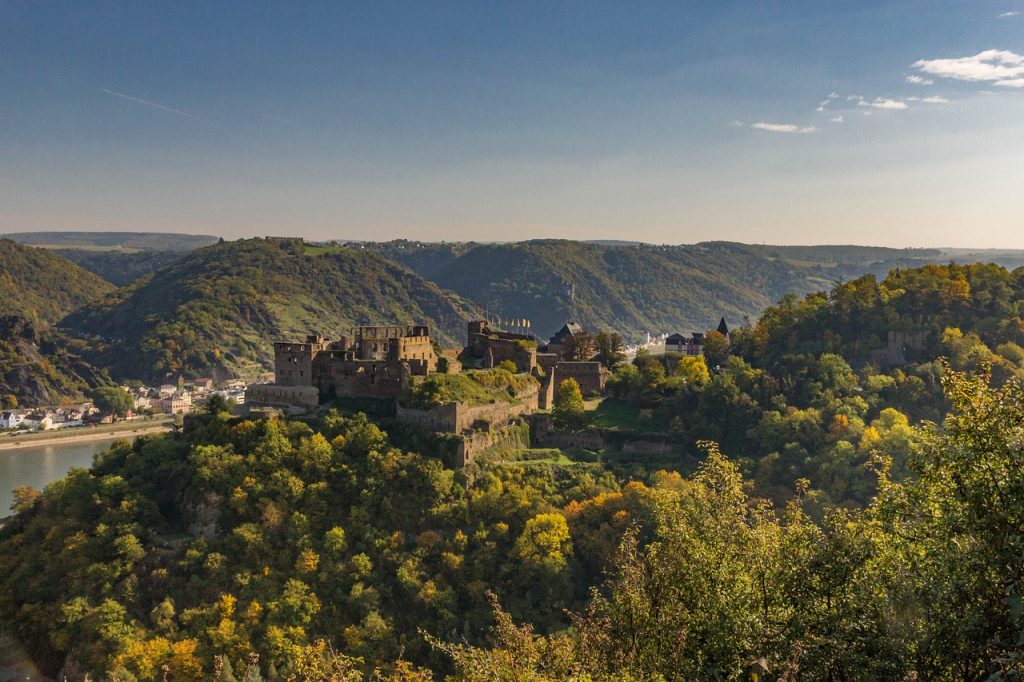
A Wine That Speaks of Place
The Rieslings of the Loreley region have a unique voice. They capture the essence of the Rhine, the rocky soils, and the cool river breezes. Each sip tells a story—of long, sunny days, of misty mornings, and of centuries-old traditions. The wines from these steep slopes often have a striking minerality, a reflection of the slate and quartz that define the soil. They carry a hint of stone fruit, green apple, and sometimes a touch of honeyed sweetness.
Tasting a Riesling from this region is like taking a journey through time. It’s easy to imagine those early monks, carefully tending their vines, or the noble families savoring the first harvests of their new vineyards. And for me, it’s a reminder of that summer evening by the river, when I first felt the pull of this place.
The Loreley Today: A Destination for Wine Lovers
For anyone who loves wine, the Loreley region is a must-visit. The steep vineyards, historic castles, and charming villages create a landscape that feels like a fairytale. Take a boat trip along the Rhine, explore the medieval streets of towns like Oberwesel, or hike up to Burg Katz for a panoramic view of the river valley. And, of course, don’t forget to stop for a tasting.
From crisp, dry Rieslings to lusciously sweet late-harvest wines, the Loreley offers a taste of history in every glass. It’s a place where ancient traditions meet modern craftsmanship, where every bottle carries the story of a land shaped by time.
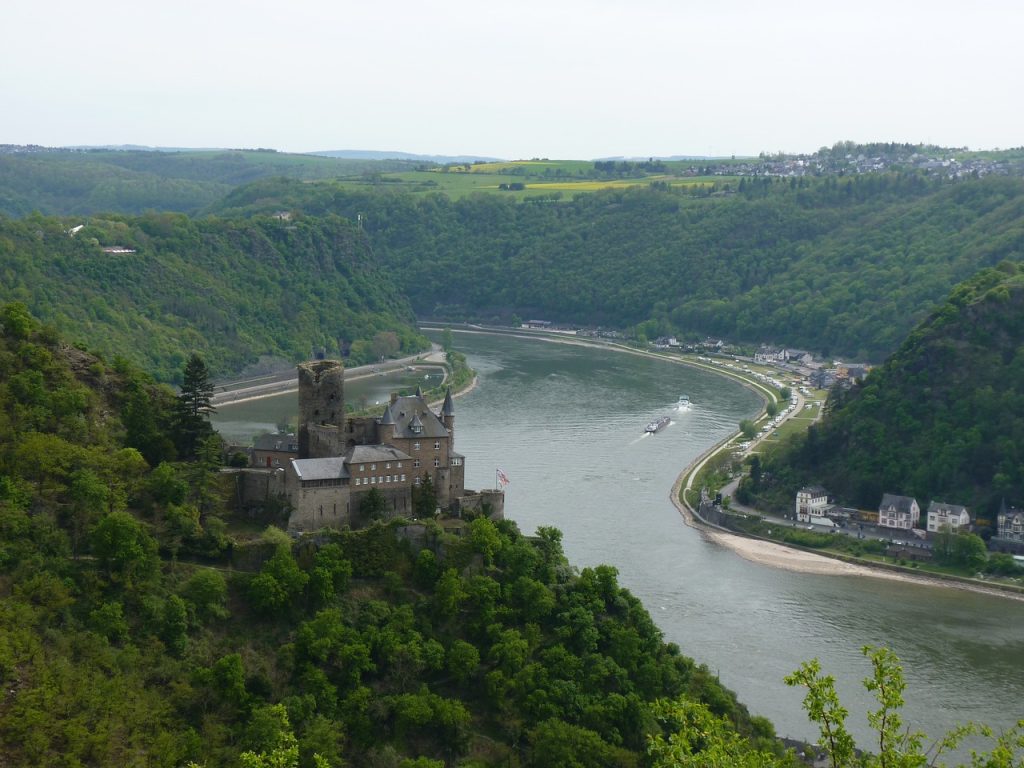
Conclusion: A Love Letter to the Loreley
My memories of the Loreley are filled with nostalgia—a mix of youthful wonder and the awe of discovering a place steeped in history. Though I didn’t taste the wine back then, I felt its presence in the air, in the terraces carved into the hills, and in the stories whispered by the river. Today, I know that a glass of Riesling from the Loreley isn’t just a drink. It’s a connection to centuries of passion, to the people who shaped this land, and to the timeless beauty of a place where history, wine, and nature come together.
The Loreley is more than just a scenic stop along the Rhine. It’s a destination where the past and present meet, where legends mingle with the taste of a good glass of Riesling, and where every sunset over the river tells a story as old as time. Whether you visit for the wine, the folklore, or the stunning landscapes, the Loreley promises an experience that lingers long after you leave—like a fine Riesling on the palate.
